Acadian Exhibit at Fredericton Region Museum Tells History of Pointe Sainte-Anne
Fredericton, NB – Pointe Sainte-Anne (1692-1759) is an interactive exhibition about the history of the Acadian settlement of Pointe Sainte-Anne in Fredericton, New Brunswick.
The Acadian settlement of Pointe-Sainte-Anne (present-day Fredericton) was established in 1692 on unceded Wolastoqey territory. In this exhibition space you will encounter what life was like in Pointe Sainte-Anne during the years preceding 1759, its existence within the contested territory of Acadia, and the devastation that occurred with the Grand Dérangement (also known as the Expulsion of the Acadians).
On February 18, 1759, New England raiders led by colonial Lieutenant Moses Hazen brutally torched the entire community of Pointe Sainte-Anne: burning to the ground 147 buildings, destroying all food and livestock, cruelly slaughtering many families, and taking several prisoners. Such barbarous acts were later condemned by British Lieutenant-Colonel Monckton.
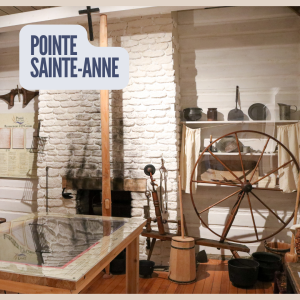 Acadians who were able to escape fled to safe locations in Quebec, as well as the Miramichi. Many eventually returned… and their descendants can still be found in Fredericton today, including the family names of Goodine, Martin, and Damour.
Acadians who were able to escape fled to safe locations in Quebec, as well as the Miramichi. Many eventually returned… and their descendants can still be found in Fredericton today, including the family names of Goodine, Martin, and Damour.
As Dr. Chantal Richard, Guest Curator of this exhibition explains: Pointe Sainte-Anne (1692-1759) presents a recreation of a typical Acadian home as it would have appeared in 1759. Visitors are led through the establishment of the settlement, which was situated on what is now Fredericton between 1692 and 1759: “This agrarian village was the home of about a hundred Acadians.”
Dr. Stephanie Pettigrew was the PhD candidate who researched the project. She explains that Joseph Godin dit Bellefontaine was at the heart of the community along with his large family.
“Godin was interpreter of Indigenous languages for the King of France, as well as captain of the Acadian militia on the St. John River,” said Pettigrew. “Like many more Acadians who lived through the Deportation, he ended his life in poverty and misery after being deported several times, having lost almost all of his loved ones.”
Personalities depicted in the exhibition include:
Joseph Godin dit Bellefontaine (1697 – after 1774) – Provides an eyewitness account of the massacre of his family at Pointe Sainte-Anne on February 18, 1759.
Lieutenant-Colonel Robert Monckton (1726 – 1782) – Expresses his disapproval of events surrounding the massacre at Pointe Sainte-Anne by New England Rangers on February 18, 1759.
Jeanne Dugas (1731 – 1817) – Reflects upon her experiences of fleeing from the British and being forced to move from place to place during the Grand Dérangement.
Lieutenant Moses Hazen (1733 – 1803) – Reports to his superiors on the destruction of Pointe Sainte-Anne on February 18, 1759
Here are also some interesting facts regarding Pointe Sainte-Anne:
Did you know…
- The Acadians were deported not only throughout the 13 colonies but also to Louisiana, England, France and even as far as the Faulkland Islands?
- Jeanne Dugas (born 1731, deceased 1817) had to move 15 times throughout her life to escape deportation; she was even held as a prisoner for over a year?
- The design of the Pointe Sainte-Anne exhibit at the Fredericton Region Museum is modelled after the Martin House, an Acadian home built in 1768 right here in PSA? The Martin House is now at the Village Historique Acadien ?
- The Acadian horse evolved from a few horses brought to New France? These small but hardy work horses were used for transporting goods and people, as well as ploughing the earth. Some believe that the horses of Sable Island are direct descendants of these Acadian horses.
- The Acadians of Pointe Sainte-Anne did not use the famous Acadian dykes known as aboiteaux? These were only used by coastal communities as their purpose was to keep the high tides from flooding their fields and to desalinate the soil.
The Pointe Sainte-Anne exhibition in the Fredericton Region Museum was made possible with the financial support of the York-Sunbury Historical Society, the Social Science and Humanities Research Council of Canada, NB Heritage Branch, and Heritage Canada. This project also received the support of key partners from the University of New Brunswick, Village Historique Acadien, la Societé d’histoire de la riviere Sainte-Jean, and NB College of Craft and Design.
For more information, please contact:
Alena Krasnikova, Executive Director
Fredericton Region Museum www.frederictonregionmuseum.com
Email: frederictonregionmuseum@gmail.com or phone 506-455-6041
The Fredericton Region Museum acknowledges the unceded and unconquered territory of Wəlastəkokewiyik / Wolastoqiyik. The Fredericton Museum, located in Ekwpahak | Fredericton, sits on lands designated by the Peace and Friendship Treaties of 1725-1779. These treaties did not deal in the transfer of land, rather they laid a foundation for what was to be an ongoing nation-to-nation relationship between the British Crown and Indigenous Peoples.


![Pointe Sainte-Anne 1692-1759 [Français]](https://www.frederictonregionmuseum.com/wp-content/uploads/2019/09/Pointe-Sainte-Anne-Logo_Color-500x383.jpg)
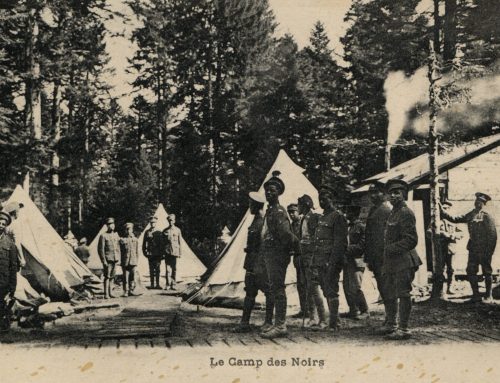
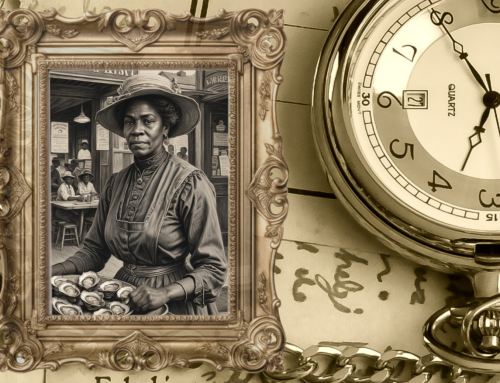
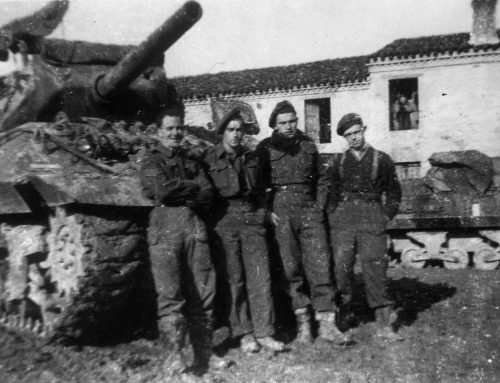
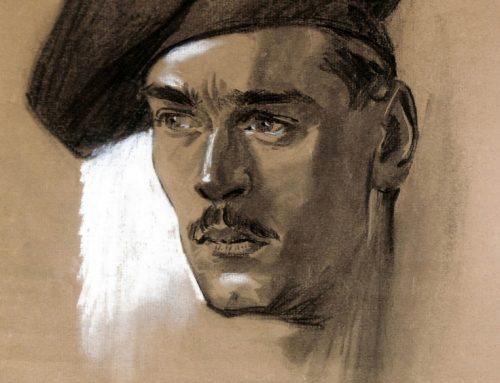
We are unknown very distant cousins, as these Godins are my ancestors also.
I went to visit this exhibition at the soldiers barracks I think it is. I was very pleased with all of it. Spectacular. My son who lives in Fredericton was with me. He too enjoy it . I am acadian, une vrai acadienne de maman (Landry de CAraquet) and papa (Nicolas Godin de Maisonnette). I’m from Bathurst. Remarquable the resilience of these acadians. They were survivers,builders, fighters. And thanks to them great soles we are still here today. On est fier de notre héritage d’hommes & femmes fortes avec une capacités de fer,surtout pour nous transmettre cet héritage.
Thank you so much for this exhibit. I hope to bring my sisters to visit.
I first heard about a little of the history of Pointe Ste Anne by my mother & our bishop Mgr Godin a long time ago. The’re both dead for lots of years now. That’s how one 9f the Godin went to lie in Bertrand by Caraquet then to different places close by. My father 3 generations before went to Maisonnette. Some went to Petit Rocher & so on. My father came to work inBathurst when they first build the paper mill in the late 40’s & early 50’s. Been there ever since.build his house in 1953. He’s passed now. He would be so impressed.
Thank you
Annette Boucher